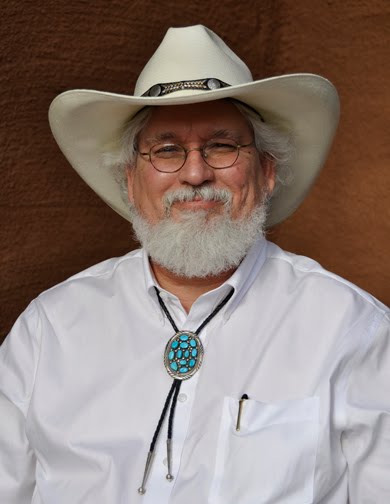
Snakes are rarely, if ever, represented in Navajo jewelry. Effie Calavaza, a Zuni woman, is famous for her signature snake jewelry, but they are not commonly portrayed. The Hopi people on the other hand treat the snakes with reverence. Theodore Roosevelt,"a former great chief at Washington" as he referred to himself, attended their snake dances about a century ago. He wrote, "the snakes, brothers of men, as all living things in the Hopi creed, are besought to tell beings of the underworld man's need of water...at last all the snakes were in the hands of the dancers. Then all were thrown at the foot of the natural stone pillar, and immediately, with a yell, the dancers leaped in, seized, each of them, several snakes, and rushed away, east, west, north, and south, dashing over the edge of the cliff and jumping like goats down the precipitous trails. At the foot of the cliff, or on the plain, they dropped the snakes, and then returned to purify themselves by drinking and washing from pails of dark sacred water—medicine water—brought by the women. It was a strange and most interesting ceremony all through...I can understand the snakes being soothed and quieted by the matter-of-fact calm and fearlessness of the priests for most of the time; but why the rattlers were not all maddened by the treatment they received at the washing in the kiva, and again when thrown on the dance rock, I cannot understand."
I nearly passed on buying the bolo above, that is until I began to think how nice it would be to wear on my own, especially outside the bounds of Navajo Country. Charleston Lewis was the artist responsible for creating this rattlesnake bolo. I am sure to enjoy wearing it for years to come.
You can get a glimpse of Teddy, a few live ceremonial serpents, and some Kachina dancers at the a 1913 snake dance in this film clip from the Library of Congress: http://www.youtube.com/watch?v=mfmPGcyV7lM

